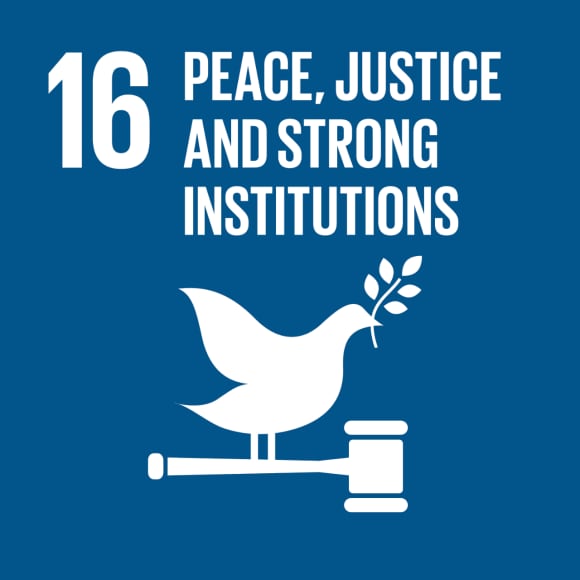Preventing and halting human trafficking in Bangladesh
Justice and Care

At a glance
At a glance
Bangladesh is a source, transit and destination country for men, women and children subjected to forced labor and sex trafficking.
his project is a strategically targeted intervention to prevent human trafficking and slavery, to protect and rehabilitate victims, and to create lasting systemic improvement in how governments and stakeholders approach this crime.
The partners
Justice and Care pioneered its approach to fighting trafficking in India, one of the most difficult and strategic locations to fight trafficking. It has a multi-discipline approach responsive to prosecution, rescue and rehabilitation. It also partners with governments to bring about long-term changes in policy and public service response. It established operations in Bangladesh in 2017.
Justice and Care works towards SDGs:

